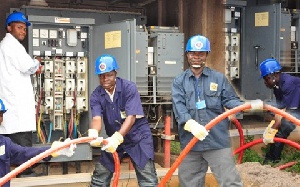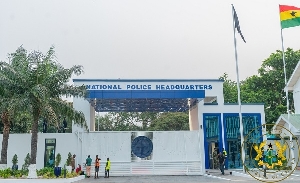Access to electricity in Ghana presently stands at about 75 percent with urban areas having about 88 percent whilst the rural areas have 61 percent Nigeria and Senegal have about 58 and 54 percent access to electricity respectively.
Cape Verde has the highest access to electricity of about 76 percent in West Africa whilst Liberia is among the least countries with 31 percent access to electricity.
Dr Bello who was speaking at a Sustainability Conference in Accra, said the country’s quest for renewable energy is expected to reach about 25 percent by the year 2020. Renewable energy growth presently stands at 13.4 percent but the nation is exploring vehemently other opportunities including wind energy.
The nation is believed to have loss US$2.1 million daily in power production due to severe electricity supply challenges. The recent one was in 2015 where there was erratic power supply.
However, the generational capacity has more than doubled since then, increasing from 1,730 MW in 2006 to 3,795 MW in 2016.
The electricity supply challenges is attributed to a number of factors, including a high level of losses in the distribution system, which is mainly due to the obsolete nature of distribution equipment, as well as nonpayment of revenue by consumers. Other factors are an overdependence on thermal and hydro sources for electricity generation and a poor tariff structure, which makes it difficult for the utility companies to recover the cost of electricity production.
The Energy Ministry has said that the nation’s energy capacity is expected to hit 5,500 megawatts by 2030.
Ghana’s largest power generator is still from the Akosombo Dam which generates about 1000 megawatts of electricity, the Kpone Hydro generating station (160megawatts), the Bui Dam Hydro (400MW) and other five independent power producers.
Business News of Friday, 30 March 2018
Source: thefinderonline.com

















